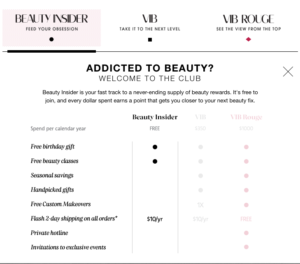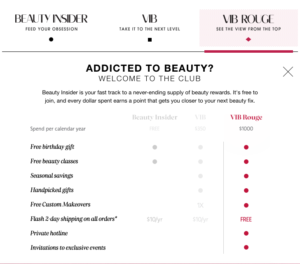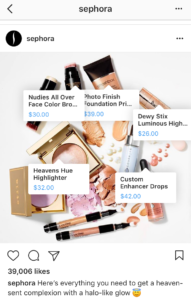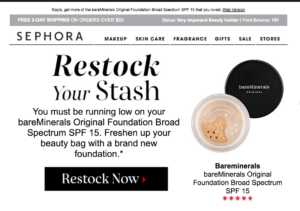E-Commerce Marketing: Catering to Two Different Types of Shoppers
In the retail industry you can find two types of shoppers: those that enter a store knowing exactly what they are looking for and what they are going to buy, and those who are just browsing and have less intention of buying your products. The same goes for customers using your business’s website. As e-commerce becomes more popular in the retail industry, growing 14.3% in 2016, it is important to balance the marketing toward both customer groups.
With conversion marketing, converting “just browsing” customers, it is important to engage the customers because with more interaction, they are more likely to become regular customers.
1. Don’t waste your time trying to market to everyone
It is important to know who you are marketing to. It is impossible to market to everyone and not everyone is going to be interested in your products. In a retail store, such as Macy’s or Sears where there are many different departments, it is important to segment the target audience by department because a male going to Sears to buy a grill is not likely to buy products from the women’s apparel section. You want to be targeting customers that have bought your product previously or have a high chance of buying your product in the future. The key is to tell the customer how your product is going to make their lives better and why they cannot live without it.
2. Loyalty Programs
As I mentioned before, engagement is important and signing up for loyalty programs increases the chance of engagement. By providing a deal, such as a certain % off your first purchase when you sign up, it will incentivize people to purchase a product. Sephora does a great job with their loyalty program by having three different levels to capture three different types of customers. The first is a free card that any customer can obtain no matter how much they spend each year and has two different benefits. If you are a more loyal customer and spend at least $350 with Sephora each year, you are rewarded a bit more with five benefits. The last card is for Sephora’s most loyal customers that spend at least $1000 each year and they are rewarded with eight different benefits.
Loyalty programs can help obtain customers, increase a customer’s basket size, and a customer’s frequency to your store with tailored deals and discounts. It has been said that it is less expensive to keep a customer than to get a new customer, and a good loyalty program can do both.
3. Social Media
The most important thing to focus on in social media is making sure your retail company is diversified and consistent over the different social media platforms. With so many options, your customers are most likely surfing across multiple platforms. The two most common platforms used in retail are Facebook and Instagram. While there is engagement in all social media platforms, Instagram brings 25% more customer engagement than other platforms. A new aspect of Instagram that has benefitted retailers is the option to provide links on pictures to products on their websites. This makes is easier to purchase a product straight from Instagram. Sephora has been able to embrace this new feature in many of their pictures.
4. Email Marketing
Email marketing is tricky as you don’t want to be too aggressive toward the customer by sending emails that they will receive and delete. While it is important to send out information about sales and promotions, it is also important to send out emails that the customer can engage with. Sephora, a company that relies on repeat business, sends out emails that remind customers to restock their makeup. Another way to interact with customers is to email them about items left in their cart. About 67.45% of customers will fill their carts and completely forget to make the purchase, leaving retailers with lost business.
As e-commerce continues to grow, your company does not want to be left behind. Remember that engaging the customer in marketing campaigns is the best path to getting the customer from “just browsing” to actually purchasing your products. With the number of “just browsing” customers rising, you must get on customers’ radars to potentially turn them into loyal customers in the future. Give first time buyers a deal they cannot beat because once they have bought your product, and are satisfied, they are 25% more likely to come back.
Morgan Rains – Content Creator








